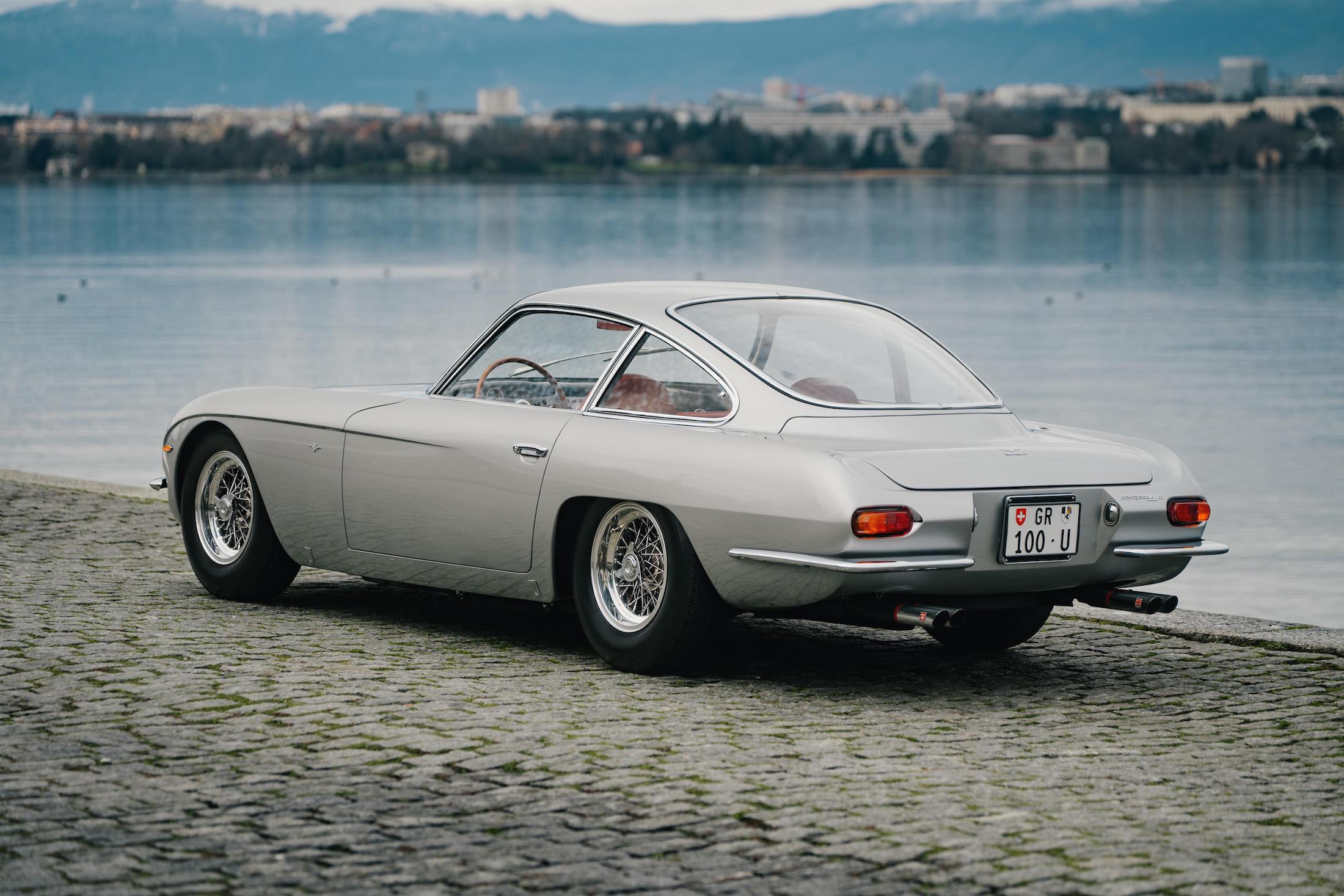Automobili Lamborghini’s inaugural production model, the 350 GT 2-door coupé, has made a triumphant return to Geneva, marking 60 years since its debut.
Originally showcased as the 350 GTV prototype at the 1963 Turin Motor Show, the 350 GT officially debuted at the 1964 Geneva Auto Show.
A mere 120 units of the Lamborghini 350 GT were meticulously crafted between 1964 and 1966, before giving way to its successor, the 400 GT.
In a nostalgic tribute to its genesis, Automobili Lamborghini proudly presents the Lamborghini 350 GT 2-door coupé (Second Chassis Number) on the streets of Geneva, commemorating the legacy of its maiden production vehicle and the foundational essence of the Sant’Agata Bolognese marque.

Derived from the original 350 GTV prototype, the 350 GT made its grand entrance at the Geneva Motor Show in March 1964. The vehicle showcased at the Lamborghini booth in Geneva 1964 was the 350 GT chassis #101, sporting a striking Metallic Geneva Green exterior with a pristine white interior.
Tragically, chassis #101, later repurposed as a test model for developmental and endurance trials, met its demise in a rear-end collision while stationary at a traffic signal.
Yet, amid the loss of the inaugural 350 GT, the second chassis number, boasting a sleek metallic gray exterior complemented by a vivid red interior, endured. It stands today as the oldest surviving Lamborghini production car, meticulously restored and certified by Lamborghini Polo Storico.
Originally introduced in concept guise as the 350 GTV at the 1963 Turin Motor Show, the Lamborghini 350 GT, the marque’s first-ever production model, dazzled enthusiasts at the 1964 Geneva Auto Show.
Beneath its captivating exterior, the 350 GT boasted a de-tuned 270bhp 3.5-liter V12 engine, paired with a five-speed manual transmission. These powertrain specifications facilitated acceleration from 0-62 mph in a mere 6.8 seconds, with a top speed of 158 mph—an impressive feat for its era.
With a production run limited to just 120 units between 1964 and 1966, the Lamborghini 350 GT bid farewell, making room for the 400 GT. Subsequently, the 400 GT paved the way for the prototype P400, which transitioned into production the ensuing year under the moniker Miura.

